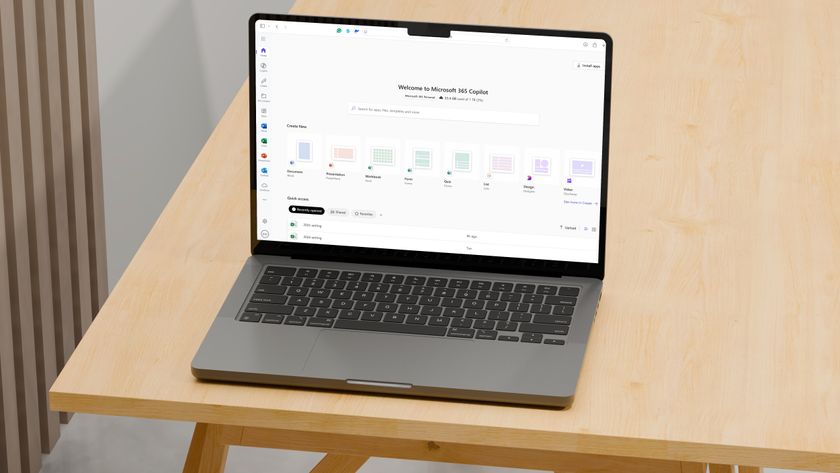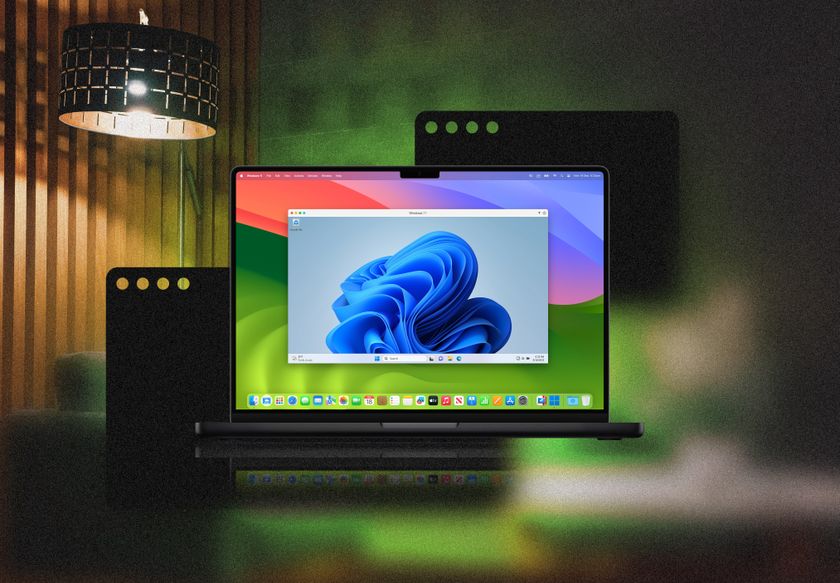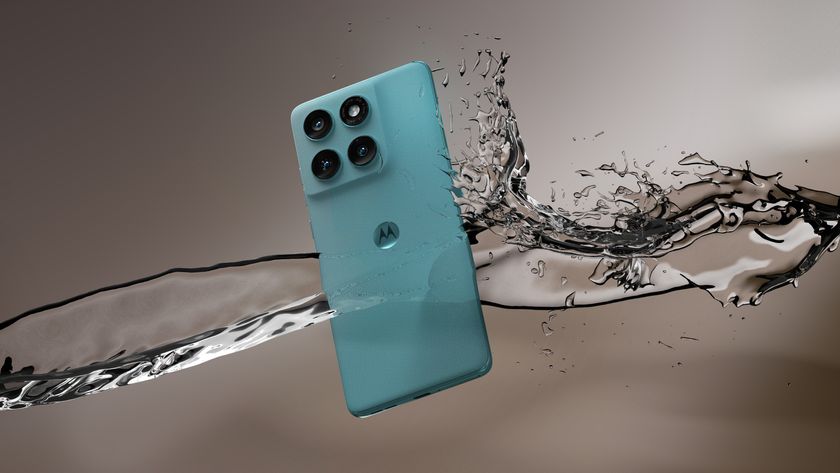Google backs down on controversial Chrome feature
Search giant will continue to show full URLs in Chrome's address bar

Google has changed its mind regarding a controversial Chrome feature first revealed last year that would have only shown users a site's domain as opposed to a webpage's full address.
The URL experiment, which was first implemented in Chrome 86 in August of last year, was announced by the search giant in a post on the Chromium Blog. At the time, Google wanted to determine whether showing only the domain in the address bar on desktop would help users realize they're visiting a malicious site instead of a legitimate one.
- We've assembled a list of the best browsers available
- These are the best VPN services on the market
- Also check out our roundup of the best Windows 10 VPN
Some of Chrome's users were then put in an experimental group so that they could test out this controversial feature. If you happened to be one of the users put in the group and tried to visit TechRadar's best VPN guide at the URL: https://www.techradar.com/vpn/best-vpn, you would instead only see techradar.com in the address bar of your browser.
Showing the full URL
While Google's URL experiment had good intentions, it appears the feature wasn't well received which is the company now appears to be canceling it all together.
In a new Chromium commit, Google Engineer Emil Stark put the final nails in the experiment's coffin, saying:
“Delete simplified domain experiment. This experiment didn't move relevant security metrics, so we're not going to launch it. :(”
Now that Google will continue showing full URLs in Chrome's address bar, you'll need to spot malicious websites on your own. You can do this by looking out for misspelled words, suspicious URLs and the use of HTTP as opposed to the more secure HTTPS at the beginning of a website's address.
Are you a pro? Subscribe to our newsletter
Sign up to the TechRadar Pro newsletter to get all the top news, opinion, features and guidance your business needs to succeed!
- We've also highlighted the best antivirus
Via ZDNet
After working with the TechRadar Pro team for the last several years, Anthony is now the security and networking editor at Tom’s Guide where he covers everything from data breaches and ransomware gangs to the best way to cover your whole home or business with Wi-Fi. When not writing, you can find him tinkering with PCs and game consoles, managing cables and upgrading his smart home.












